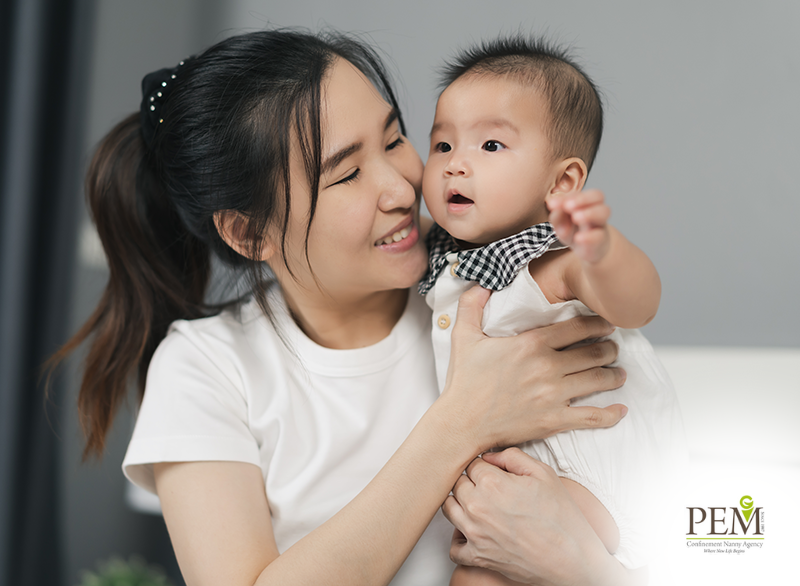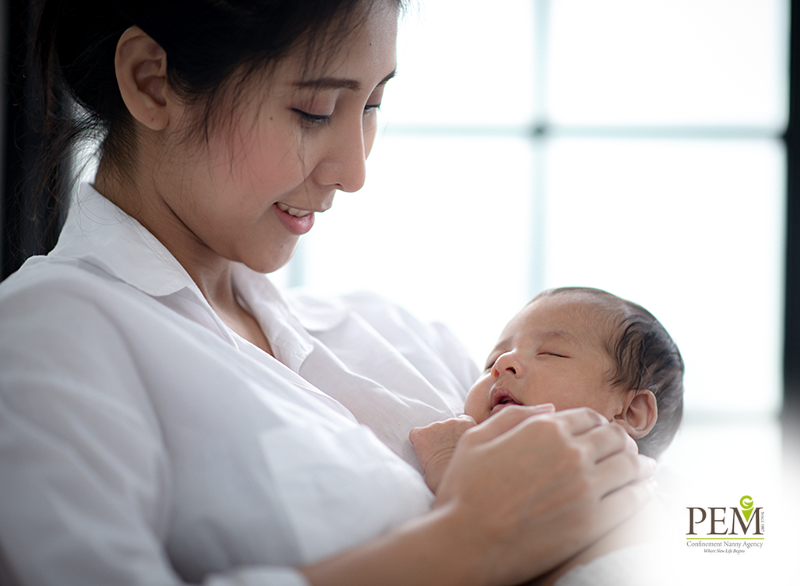[email protected] ♦ (+65) 6293 9249 ♦ Mon - Sun : 10:00AM - 7:00PM
Recovering From C-Section Vs Vaginal Delivery

On paper, childbirth may seem like a simple enough process. A woman gets pregnant, the baby grows in the womb for 9 months, and out comes the baby. It seems so simple…
However, not only does pregnancy bring about changes to a woman’s body, physically, mentally, and psychologically, the birthing process that comes after makes a painful, albeit fulfilling to some, experience. Now, there are two ways to give birth, namely through a C-section or vaginal delivery. The act of giving birth can be an arduous journey, and sometimes it is not up to the mother to decide which method of childbirth she would prefer as complications may arise. In the event of an emergency, it would be up to the doctor to choose the best route for both mother and baby.
C-section Vs Vaginal Delivery
The difference between a C-section and a vaginal delivery is pretty straightforward.
A C-section, or Caesarean section, is a surgical procedure where an incision is made to the uterus and abdominal wall, roughly 10 centimetres, for the baby to be born, after the mother has been administered anesthetic. It typically takes between 30 minutes to an hour. After the baby has been lifted from the uterus, the umbilical cord is cut and the placenta is removed. Then, the incision is closed up with sutures or stitches and a dressing is placed on the wound.
As for vaginal delivery, or otherwise known as vaginal birth, it usually takes a longer duration, especially for first-time mothers, as a mother’s uterus has to be dilated to a certain extent to allow the baby to pass through the birth canal, and the duration varies with each woman. It could be done with or without anesthetic, the decision lying with the mother. But it can be more difficult for her to push her baby out with anesthetic as she would not feel anything. Sometimes, labour would need to be induced should the circumstances require it. For instance, when it is deemed safer for the baby to be delivered rather than to remain in utero and increase the risk of fetal compromise or stillbirth.
How does recovery differ between C-section and vaginal delivery?
Neither is better than the other as both are a miraculous process that mothers go through to bring life to this world. As unpredictable as it is, one thing’s for sure though is that after childbirth comes the recovery period or confinement period. This is when mothers are advised to rest to recuperate and regain their health.
While there are exceptions, vaginal delivery is usually easier on the body than C-sections as the latter is a surgery after all. A mother having gone through a C-section would be required to remain at the hospital for a longer time, for 2-4 days as compared to 1-2 days with vaginal delivery due to differing postpartum side effects.
For vaginal delivery, the side effects include vaginal bleeding, cramping, swelling, and soreness. In addition, a common occurrence during vaginal delivery is perineal tear or vaginal tear which is an injury around the vagina and rectum. Stitches might be necessary depending on the degree of the tear. With proper medication and care, it could heal between 7 and 10 days, although the soreness may last longer, up to a few weeks. A mother may find it painful to urinate and have pain in the lower back. It is also not unusual to have urinary tract infection (UTI) after childbirth. And of course, sitting down would not be comfortable.
As for C-sections, the side effects include cramping, bleeding, discharge, nausea, coughing, sneezing, and even pain when doing the slightest action that requires muscle movement like laughing. After the anesthetic has worn off and a mother is well enough, she would be prompted to try walking around to prevent fluid buildup, boost blood circulation, and aid digestion. The pain from the surgery would last quite some time, but the confinement period is usually a sufficient duration for recovery. During the first few weeks, the wound or scar could be itchy, but this is nothing to worry about as it is part of the healing process.
Whether it is after a C-section or vaginal delivery, some will opt to go through confinement at home with family, while some will opt to be in the care of a confinement centre. Either way, it would be a good idea to check out any confinement nanny review before making your decision. And we know that the nanny Singapore price plays a big role in the decision-making process too.

But the most important thing is the nutrition you get during this period. Having confinement meals that are prepared with nourishing ingredients and confinement herb can be a soothing, nutritious experience. Here at PEM Confinement Nanny Agency, not only do we provide nanny services and confinement services, we also offer confinement herb tonic and bath packages to help mothers with postpartum recovery. Go on and take a look at our available services. You’ll be spoiled for choice!







